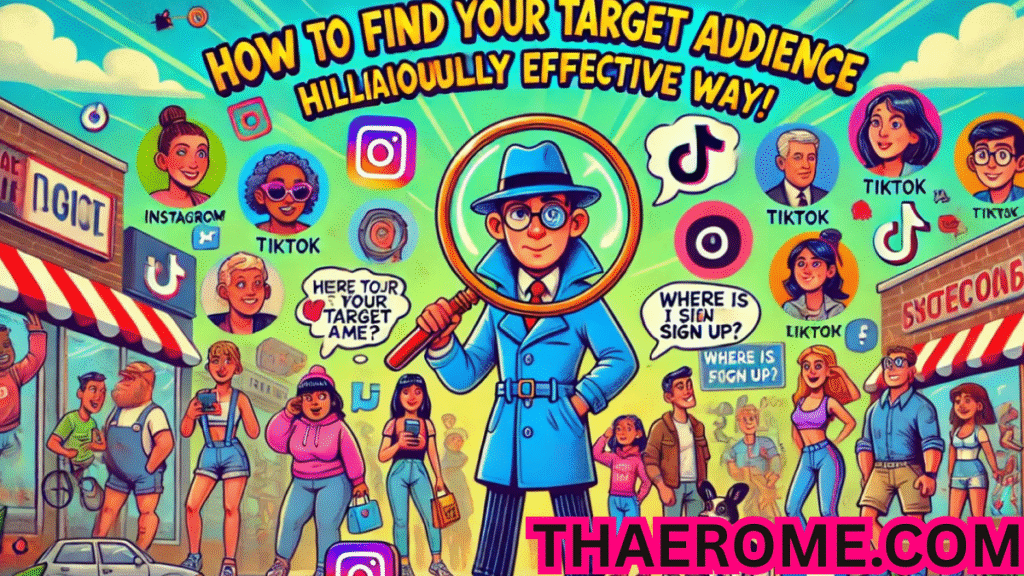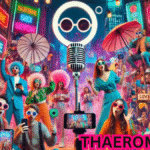I Fluencersgonewild In the ever-evolving world of social media, influencers have become the new celebrities, captivating audiences with their curated lives and engaging content. However, a darker trend has emerged—one that sees influencers pushing boundaries, engaging in controversial behavior, and sometimes crossing ethical lines to maintain relevance and garner attention. This phenomenon, often referred to as “Influencers Gone Wild,” highlights the complexities and challenges of digital fame in the 21st century.
The Allure of Going Wild
At the heart of this trend lies the pursuit of virality. Social media platforms are designed to reward content that garners high engagement—likes, shares, comments, and views. Algorithms prioritize such content, often amplifying outrageous or shocking posts. Influencers, aware of this dynamic, may resort to extreme measures to ensure their content stands out in a saturated digital landscape.
The pressure to remain relevant is another driving force. In an industry where trends change rapidly and new influencers emerge daily, the fear of being overshadowed can I Fluencersgonewild compel individuals to engage in increasingly daring behavior. This quest for attention can sometimes lead to actions that prioritize short-term gains over long-term reputation.
Psychological Underpinnings
Several psychological factors contribute to influencers’ decision to “go wild.” The need for validation is paramount. Social media platforms provide instant feedback through likes and comments, creating a cycle where influencers seek approval and recognition. This external validation can become addictive, leading individuals to push boundaries to maintain their status.
Fear of irrelevance also plays a significant role. As the digital space becomes more crowded, standing out becomes challenging. Influencers may resort to controversial content to capture attention and ensure they remain in the public eye.
Additionally, the online disinhibition effect—a phenomenon where individuals feel less restrained by social norms in digital interactions—can lead influencers to engage in behavior they might avoid in face-to-face settings. This detachment can result in actions that are more extreme or provocative.
The Business of Buzz
Controversial content doesn’t just attract attention; it can also be monetized. Influencers can capitalize on viral moments through various revenue streams:
- Brand Partnerships: Brands often collaborate with influencers to promote products. However, associations with controversial figures can be double-edged swords, potentially leading to backlash if the influencer’s actions don’t align with the brand’s values.
- Merchandising: Some influencers create and sell merchandise related to their online persona or viral moments, turning their fame into a profitable venture.
- Subscription-Based Platforms: Platforms like OnlyFans and Patreon allow influencers to offer exclusive content to subscribers, providing a direct revenue stream.
While these avenues can be lucrative, they also come with risks. A single misstep can lead to loss of sponsorships, decreased follower count, and long-term damage to an influencer’s career.
Iconic Examples of Influencers Gone Wild
The digital world has witnessed several instances where influencers’ actions have sparked outrage and controversy:
- Logan Paul’s Aokigahara Forest Incident: In 2018, Logan Paul faced global backlash after posting a video from Japan’s Aokigahara Forest, known as the “Suicide Forest,” which included footage of a deceased individual. The insensitive nature of the video led to YouTube demonetizing his channel and severing ties with several sponsors.
- Belle Delphine’s Bathwater Stunt: In 2019, internet personality Belle Delphine sold jars of her bathwater to fans for $30 each. Marketed as a quirky gimmick, the stunt went viral, earning her both praise for creativity and criticism for exploiting her audience.
- Jake Paul’s Pandemic Parties: During the height of the COVID-19 pandemic, Jake Paul hosted massive house parties in defiance of lockdown rules. Videos of the events flooded social media, drawing ire from fans and authorities alike.
These examples underscore the fine line influencers walk between gaining attention and facing public backlash.
The Consequences of Going Wild
While engaging in controversial behavior can lead to short-term gains in followers and visibility, the long-term consequences can be detrimental:
- Erosion of Trust: Followers may lose trust in influencers who engage in questionable behavior. Studies show that a significant percentage of followers abandon influencers they no longer trust, leading to a decline in engagement.
- Brand Relationships at Risk: Brands may distance themselves from influencers involved in controversies, fearing negative associations. This can result in lost sponsorships and partnerships.
- Long-Term Damage to Career: Rebuilding a tarnished reputation is challenging. Influencers may find it difficult to regain their previous standing in the digital space, limiting future opportunities.
Navigating the Wild Side
For influencers, maintaining authenticity while avoiding controversial behavior is key. Audiences appreciate genuine content that resonates with their experiences and values. Striving for authenticity, rather than shock value, can lead to sustained success and a loyal following.
Brands, on the other hand, must carefully vet I Fluencersgonewild before partnerships. Aligning with individuals who share similar values and ethics can prevent potential fallout from unforeseen controversies.
FAQs
Q1: What is the “Influencers Gone Wild” trend?
A1: The “Influencers Gone Wild” trend refers to instances where social media influencers engage in controversial or extreme behavior to gain attention, often leading to public backlash and scrutiny.
Q2: Why do influencers engage in such behavior?
A2: Influencers may resort to controversial actions due to pressures to remain relevant, seek validation, and capitalize on the viral nature of shocking content.
Q3: What are the risks associated with going wild?
A3: Risks include loss of follower trust, damaged brand partnerships, legal issues, and long-term harm to an influencer’s reputation and career.
Q4: How can influencers maintain authenticity without resorting to controversy?
A4: By focusing on genuine content that reflects their true selves, sharing relatable experiences, and engaging with their audience in meaningful ways, influencers can build lasting connections without relying on shock value.
Q5: What should brands consider before partnering with influencers?
A5: Brands should assess an influencer’s past behavior, values, I Fluencersgonewild and audience engagement to ensure alignment and mitigate potential risks associated with controversial actions.
In conclusion, while the allure of viral fame can tempt influencers to push boundaries, it’s essential to weigh the potential consequences. Authenticity, responsibility, and ethical behavior should remain at the forefront of digital influence to ensure long-term success and positive impact.

